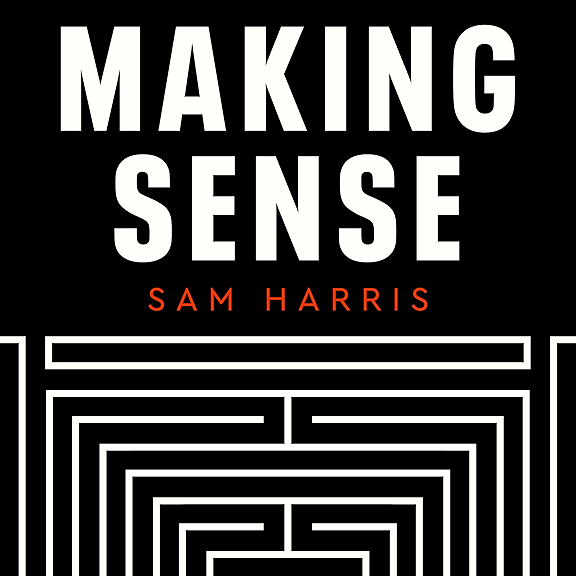
218. Chocolate Chips & Relaxed Quantum Dots ft. Armando Rastelli I Pranoti Kshirsagar
Summary
Armando Rastelli, a professor at the Institute of Semiconductor and Solid-State Physics at Johannes Kepler University, discusses his research on quantum dots. Quantum dots are tiny semiconductor particles with unique optical and electronic properties. They are typically around 5 nanometers in size and can be shaped like bumps or slices. Quantum dots have various applications, including in optoelectronics and secure communication. Armando's research focuses on epitaxial quantum dots, which are grown on a substrate, and colloidal quantum dots, which are suspended in a solution. He shares his career journey and highlights the importance of collaboration in the field of quantum research. In this conversation, Armando Rastelli discusses his research on quantum dots and his experience as a scientist. He explains how quantum dots are created and the role of stress in their formation. Armando also shares his journey in the field of nanotechnology and his excitement for scientific research. He talks about the importance of collaboration and international communities in advancing scientific knowledge. Additionally, he discusses the Quanta project and the impact of bureaucracy on research. Armando concludes by sharing his wishes for improving the research experience and his plans for taking over the RealScientistNano Twitter account.
Takeaways
- Quantum dots are tiny semiconductor particles with unique optical and electronic properties.
- Epitaxial quantum dots are grown on a substrate, while colloidal quantum dots are suspended in a solution.
- Quantum dots have various applications, including in optoelectronics and secure communication.
- Collaboration is essential in the field of quantum research. Quantum dots are created by introducing stress to a material, causing it to form raised structures instead of bumps.
- Collaboration and international communities play a crucial role in advancing scientific knowledge.
- The Quanta project in Austria aims to bring together 60 principal investigators in the field of quantum science.
- Bureaucracy can hinder scientific research and the enjoyment of the job.
- Improvements in research experience can include less bureaucracy, better support for administrative tasks, and increased resources.
Links to what was discussed in the episode -
1. SUPER Quantum ft. Doris Reiter, also speaking about secure communication with quantum mechanics.
2. The Future is Quantum ft. Tobias Heindel - speaking about the experimental aspects of secure communication with quantum mechanics.
3. QuanTour - a Quantum Emitter's Journey across Europe
4. Follow QuanTour on Instagram
#QuanTour #QTorch #SUPERquantum




















